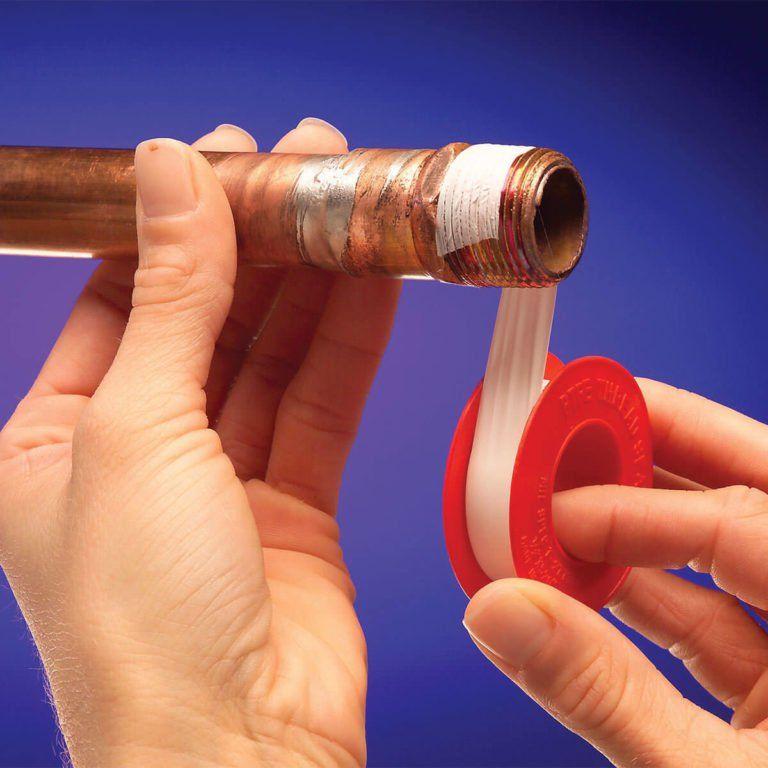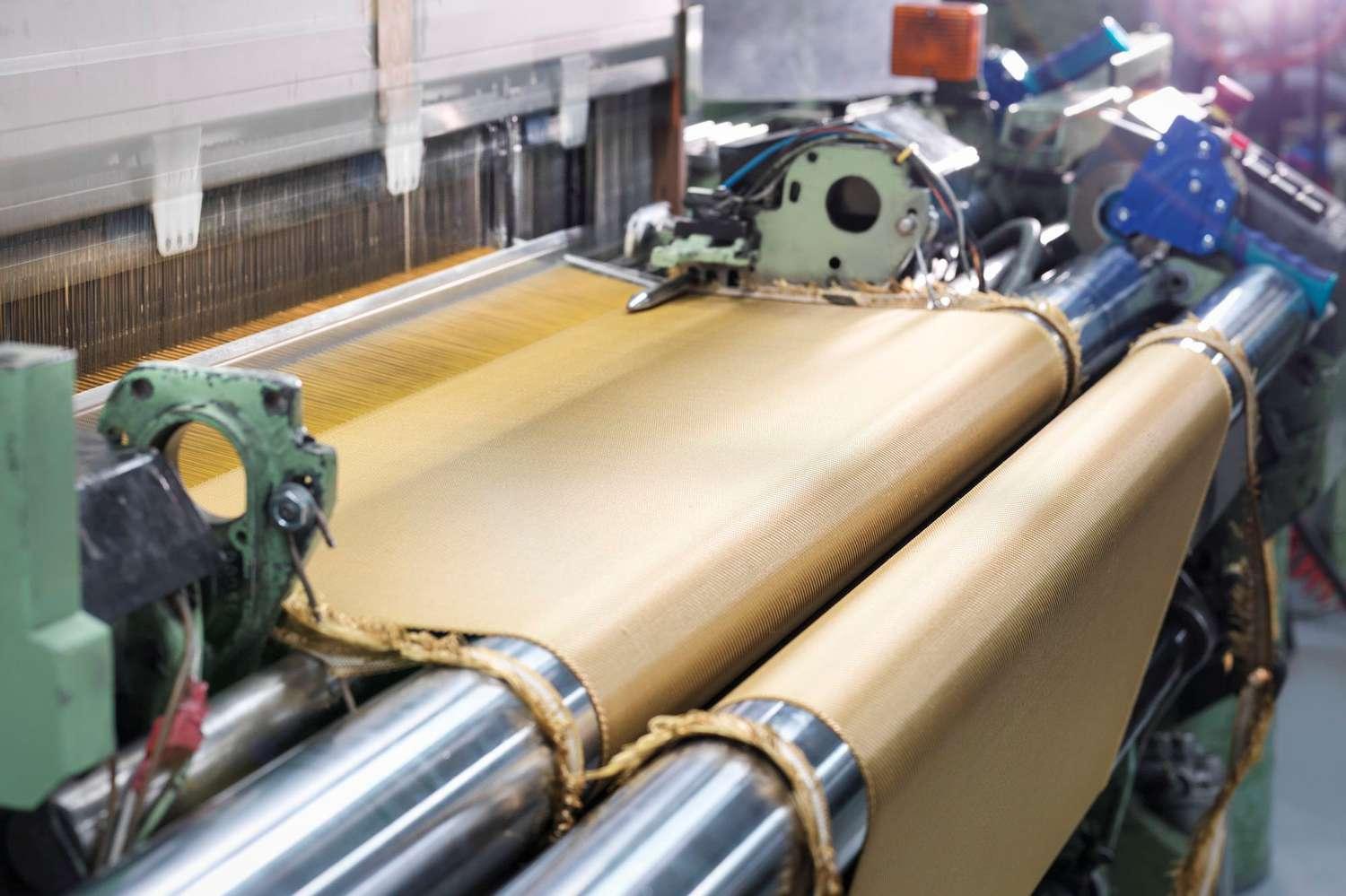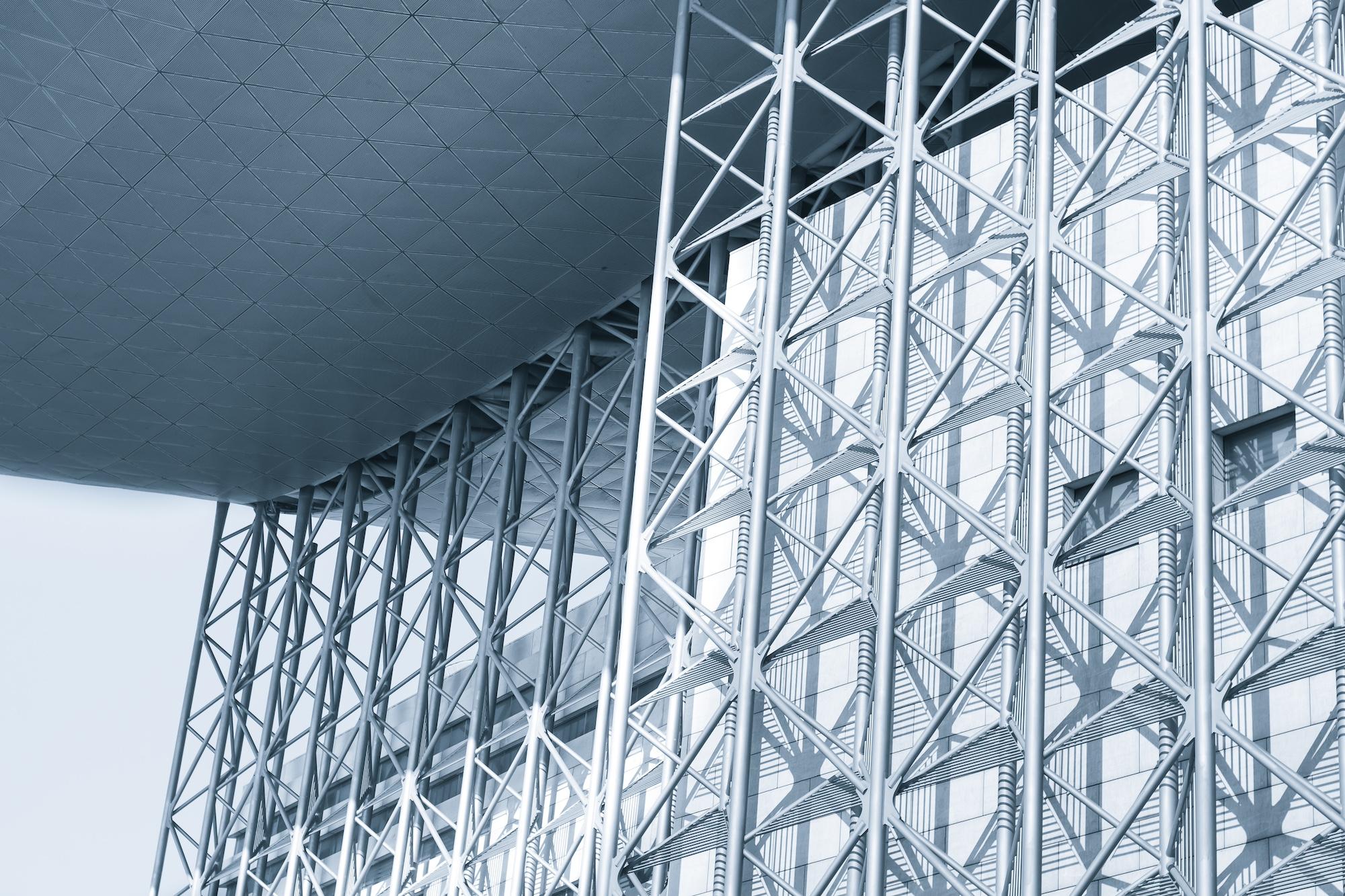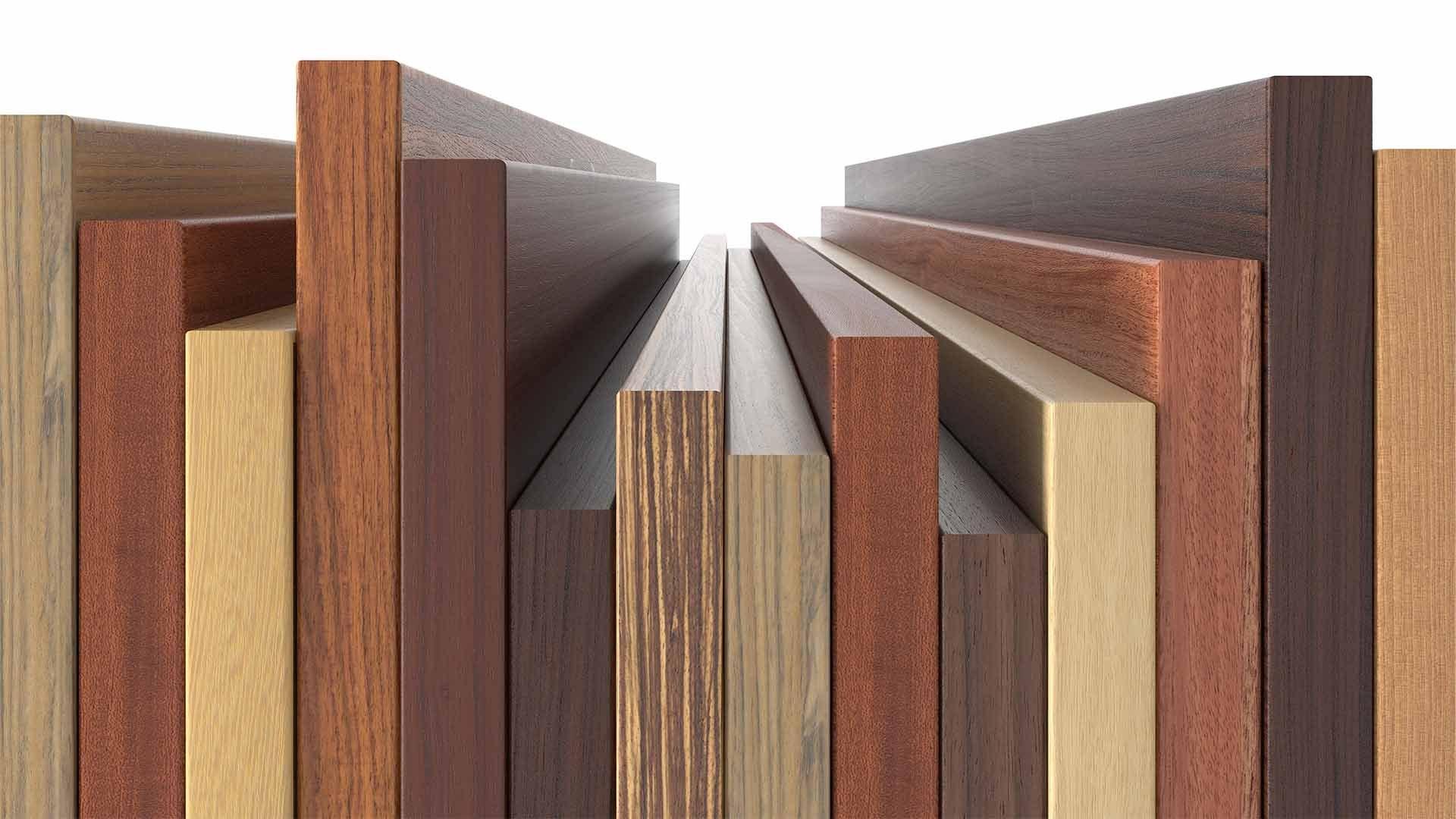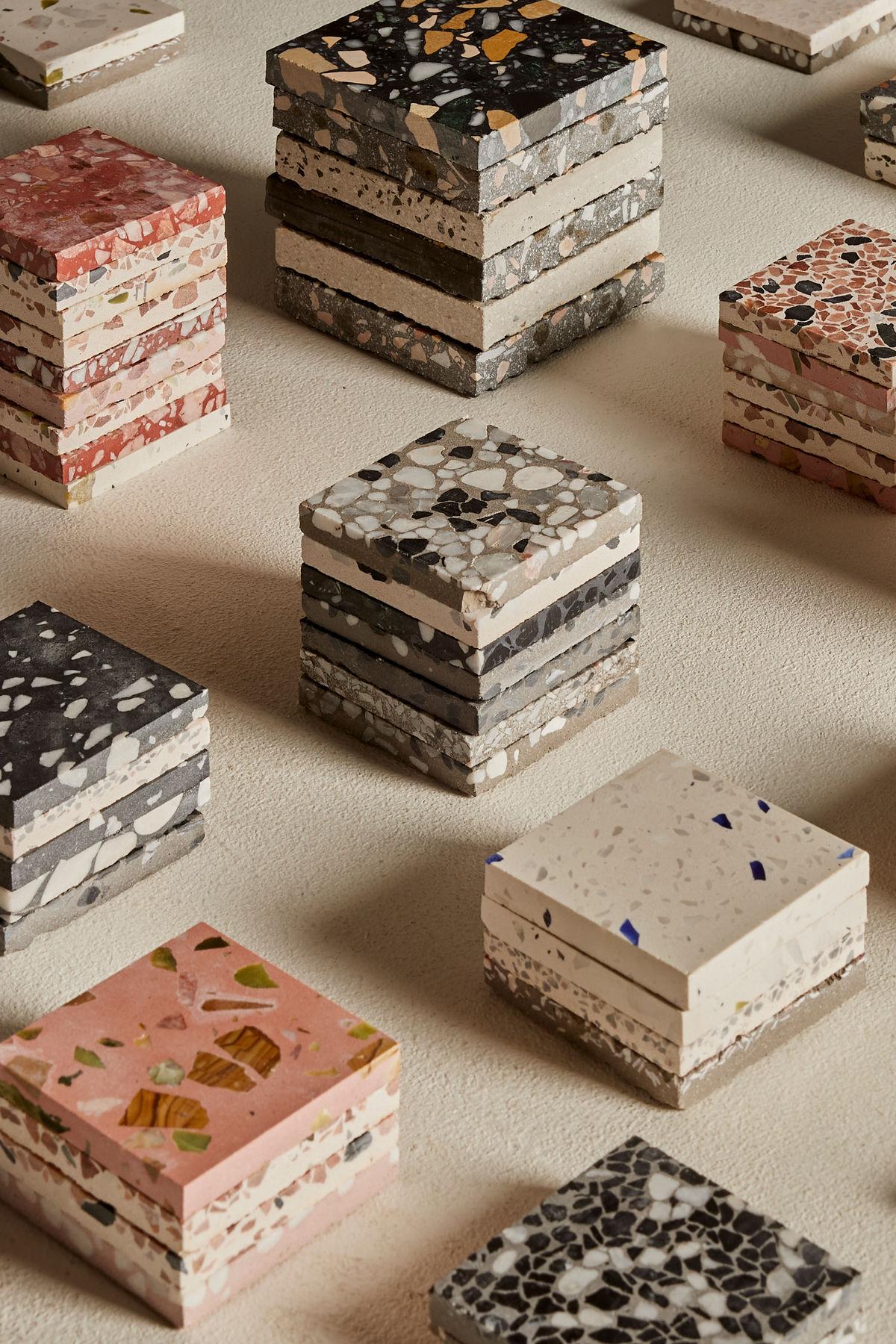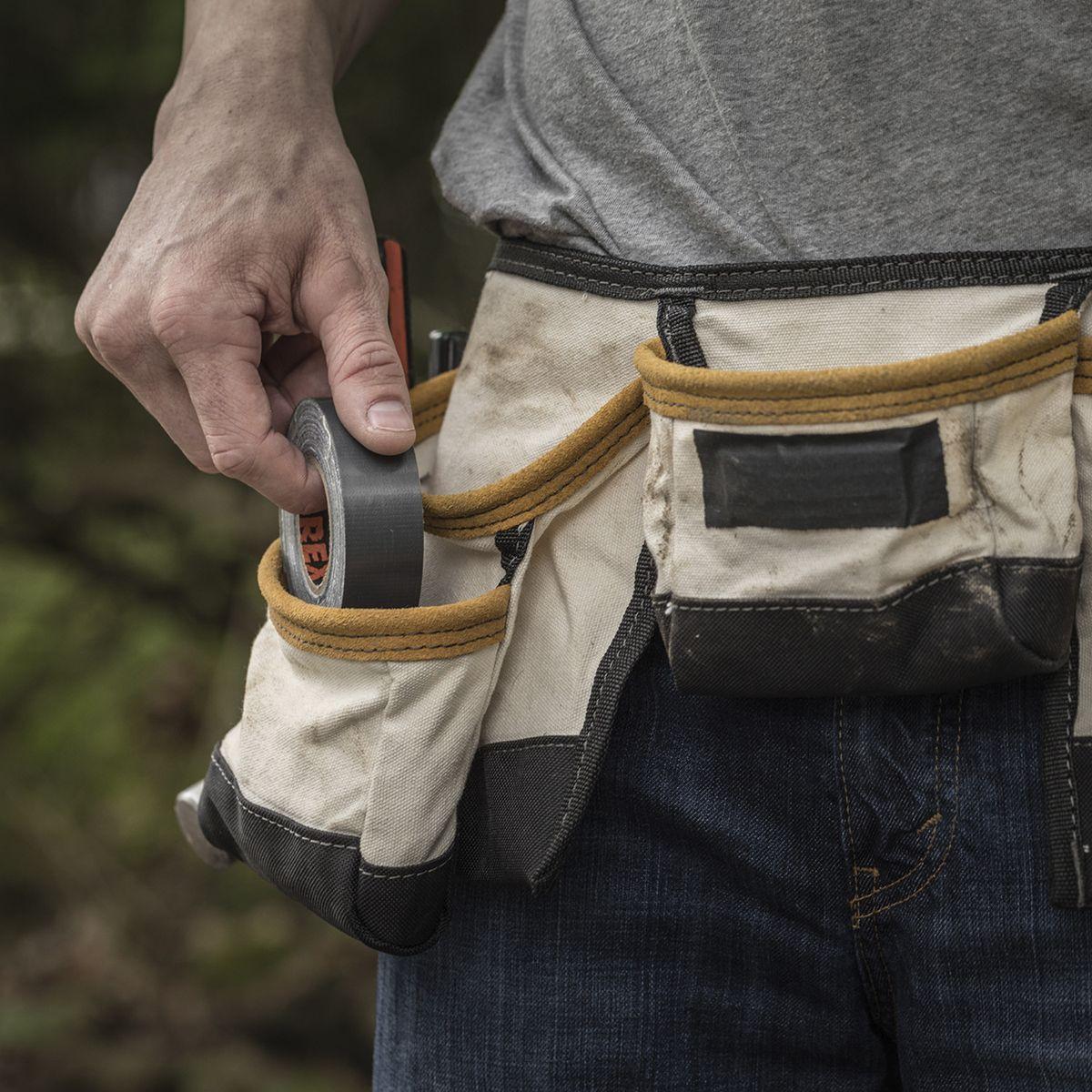How Heat and Humidity Affects Epoxy Floors?
Jul 27 • 2 min read

How does this matter to a Plant/ Facility Manager?
Most of the manufacturing plants and warehouses in India use Epoxy as flooring. Even though it is the oldest solution for a clean, dustless, and professional floor, Epoxy gets significantly affected by environmental factors such as Temperature difference and Humidity.
Being a polymeric material, Epoxy gets distorted due to environmental factors. Temperature difference, moisture, and UV radiation – all act to degrade an epoxy floor.
Effect of temperature difference on Epoxy Floors
The effect of change in temperature is seen as sudden cracks/ peeling of Epoxy.
Epoxy is the hardest at temperatures between 20 to 30 degrees Celsius. At high temperatures, the compressive strength and load-bearing capacity of Epoxy decreases and leads to cracks on its surface.
How does Humidity Affect Epoxy Floors?
Humidity leads to sudden bubbles emerging on the Epoxy surface. If things get worse, humidity might also lead to peeling of the Epoxy layer.
Even at room temperature, if the humidity is more, Epoxy ends up swelling. This is the major reason why Facility Managers across India end up seeing sudden bubbles appearing on Epoxy Floors.
Why is this a matter of Concern?
These bubbles and cracks are just the start of the real problem. They just keep getting worse once started. The cracks/ bubbles/ peeling act as the starting point of damage at an Exponential rate.
They soon develop into bigger patches – to the point that re-application of Epoxy becomes necessary.
What to do?
Ideally, Indian conditions are not suitable for Epoxy Floors. India has a tropical climate with an average annual temperature of 35 degrees Celsius and average humidity of 65%. As explained above, such conditions lead to deterioration in Epoxy.
Thus, if using Epoxy, a Facility can try to artificially control the interior environment. However, that can be quite expensive for large units. Moreover, this might not be possible because of the nature of operations.
As a temporary solution, buffing can be done to reduce bubbles and patching might help for cracks. If conditions get worse, then reapplication or replacement of flooring remains as the only option.
Now that advanced flooring technologies like Odus Flooring are available, Facility and Plant Managers need to re-evaluate the usage of Epoxy altogether. There are various new technologies available that deliver long lasting dustless floors which remain unaffected by environmental factors.
Hope this article was useful. Let us know if you need more details or specific recommendations on your plant/ warehouse floor challenges. Write to us for free planning of your factory/ warehouse floor at info@rezovate.com. Our Flooring experts will be happy to help.
Our Clients








Related Blogs
